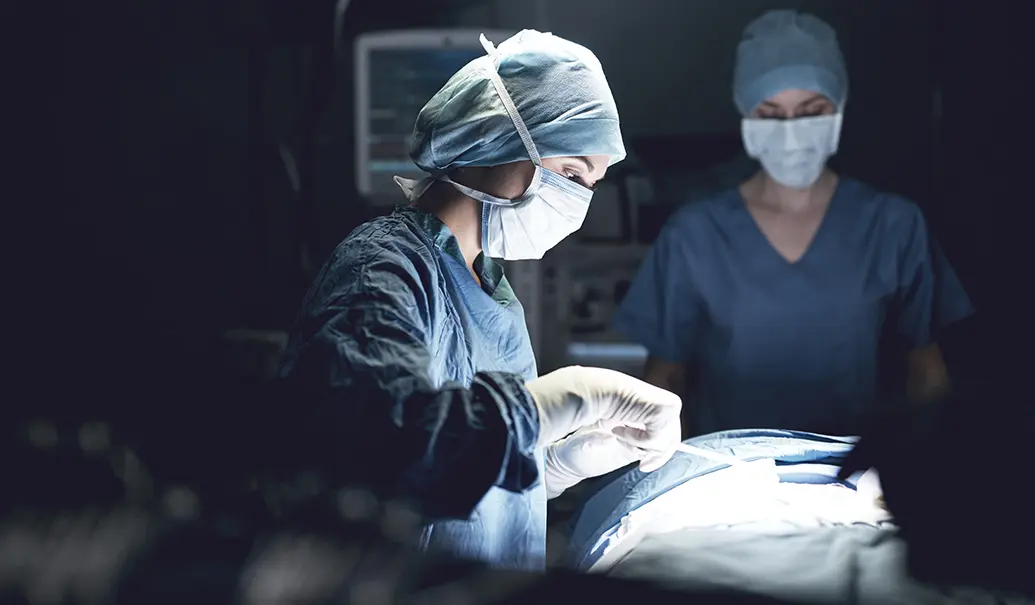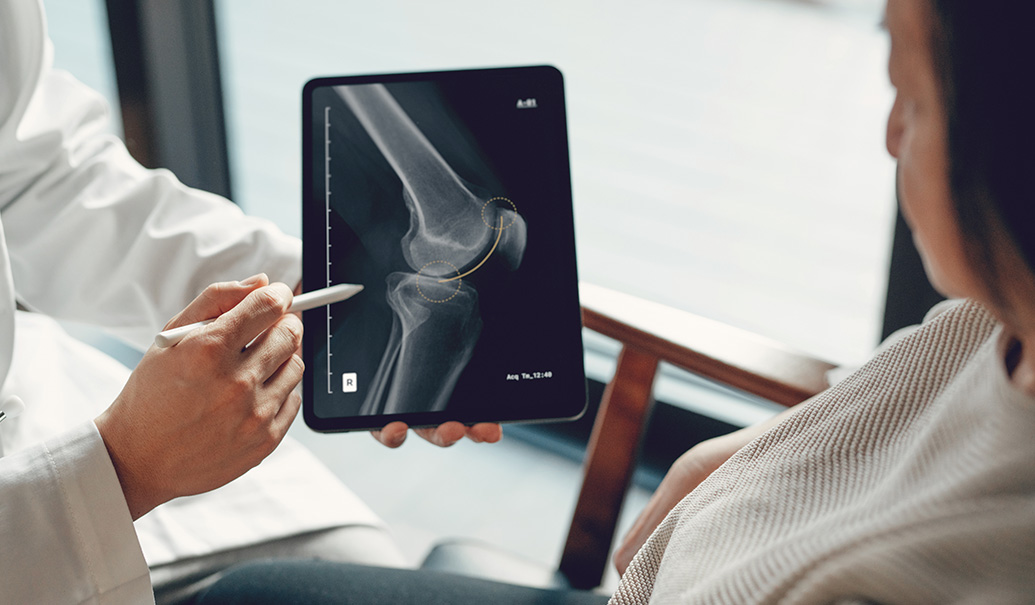The shift in site of surgical care from the inpatient hospital setting to the ambulatory surgery center (ASC) is not a new trend. Over the past 15 years, the number of procedures performed in the ASC has been steadily increasing due to a variety of factors and now more recently, due to COVID-19. Although several other factors are driving this trend in general, including pain management, technology, payer incentives and consumer costs, the shift in site of care is more nuanced than previously thought. More specifically, not all medical specialties are moving at the same pace, nor are they equally set up for success at the ASC.
To delve deeper into the nuances of this shift, ZS conducted the Shift in Surgical Site of Care Study, asking ASC surgeons and administrators about their current motivations to predict future behaviors. We specifically targeted the factors facilitating or hindering movement to the ASC for orthopedics and cardiology/cardiovascular surgery, since these two specialties are projected to drive the lion’s share of future savings resulting from this shift.
Eighty percent of the ortho and cardio surgeons we surveyed said that, over the next year, ASC procedure volume will increase while inpatient procedure volume decreases; however, the surgeons anticipate a larger shift to the ASC for ortho as compared to cardio. Specifically, the proportion of ortho procedures performed in the ASC was about 10% in 2018, but is projected to reach about 68% by the mid-2020s. In contrast, cardio procedures performed in the ASC are expected to increase from 10% to 30% by the mid-2020s.
Given that ortho and cardio are directionally aligned with regards to shift in surgical site of care to the ASC, the question becomes: why is there a difference in expected rate of change among the two specialties?
- Cardio has fewer high-volume, repeatable outpatient procedures than ortho. Generally speaking, the procedure volume of many orthopedics procedures is significantly larger than most cardio procedures. For example, there are over 790,000 total knee and 450,000 total hip arthroplasties performed each year in the U.S. This means that there are enough large joint replacements for a surgeon to fill his or her surgical schedule each day. In contrast, the cardio procedures that are safe and approved for the ASC do not create a high enough volume to fill a surgeon’s day. Although there are several high-volume cardio procedures, they have not yet shifted to the ASC. In sum, ortho has more high-volume, repeatable outpatient procedures, which is more conducive to the ASC model. This insight may be helpful in predicting which cardio procedures are more or less likely to shift to the ASC in the near future.
- Cardio involves significantly more surgical specialties than ortho. The types of cardio providers as compared to ortho are significantly more varied. Most orthopedic providers complete a general orthopedic surgery residency, followed by a fellowship in their sub-specialty, such as spine or joint replacement. In contrast, cardiac procedures are completed by cardiologists (non-surgeon physicians) as well as a variety of surgical specialties, including cardiac, cardiovascular, vascular, cardiothoracic and endovascular surgeons. Thus, securing a critical volume of cases (a core requirement of a viable ASC), requires aligning many different types of cardio providers, further heightening the barrier to shift. Furthermore, the top high-volume procedures in ortho, such as knees and hips, are typically performed by the same subspecialist; in contrast, the top high-volume procedures in cardio are done by multiple subspecialists. Thus, standing up a viable cardio-focused ASC requires a larger variety of services and subspecialties of cardio as compared to ortho.
- Cardio has a wider range of medical risk and includes more life-threatening procedures than ortho. Given the anatomy involved, cardiac procedures tend to incur greater medical risk; however, the variability in procedure type also results in a broader range of medical risk. According to UCLA Anesthesiology and Perioperative Medicine, the surgical risk score (1-very low to 5-very high) for cardiac procedures ranges from 2-low risk for diagnostic cardiac catheterization all the way to 5-very high risk for an aortic repair. While some of the lower risk cardio procedures are likely to shift to the ASC just as quickly as ortho, other riskier procedures will remain in the hospital for a long time. In addition to having a wider range in medical risk, a larger proportion of cardio procedures are high risk, with mortality rates three times higher for inpatient cardiac surgery (3.4%) compared to inpatient orthopedic surgery (about 1%). If a large percentage of cardio procedures will take longer to move to the outpatient setting due to greater medical risk, it follows that cardio as a field will be slower in its shift to the ASC. Furthermore, the cardiac patient population tends to be older and have more comorbidities than those seeking ortho procedures, thereby increasing medical risk.
- Historically, cardiac providers are more likely to be employed directly by the hospital systems in which they operate. According to a 10-year historical study, the percentage of hospital-integrated cardiologists has grown while the number of private cardiac providers is declining; currently, more than 70% of cardiologists are employed by hospitals and healthcare systems. In contrast, only 17% of orthopedic surgeons are employed by a hospital. This discrepancy in historical employment model may be due to the fact that cardiologists are internists, and thus tend to care for their patients longer-term. Orthopedics, however, is not known for long-term patient care and lacks the mindset and infrastructure to do so. Rather, ortho’s more independent employment model is likely more conducive to the ASC setting. Additionally, the independent mindset and culture of orthopedics may be another driver of the shift to ASCs within their field, as orthopedic surgeons are anecdotally associated with being powerful, in control, self-sufficient and monetarily successful.
- Reimbursement for cardiac procedures is less favorable in the ASC setting than it is for ortho procedures. In our study, 81% of cardiac providers and 58% of orthopedic surgeons listed low reimbursement rates in their top five pain points associated with operating in the ASC setting. This discrepancy in financial concern is aligned with 2020 Medicare reimbursement. For example, reimbursement for TKA in the ASC is about 63% of its reimbursement in the inpatient setting at $12,756 and $8,610, respectively. In contrast, Medicare reimburses the average pacemaker at $3,721 when done in an ASC, which is just about 25% of its reimbursement value in the hospital ($7,731).
Given that surgeons and administrators seek partnerships for different reasons, it follows that they also express different gripes about these relationships. According to our study, 54% of surgeons are not pleased with their reduction in ownership or profits and 42% dislike the partial loss of decision-making autonomy that results from partnership. In contrast, administrators are far less concerned about ownership and profits (18%) and decision-making autonomy (9%).
Despite the acknowledged downsides to partnership, 93% of surgeons and 91% of administrators still believe it was the right decision for their practice, citing necessity due to the continuously changing medical landscape and a need for alleviation of administrative burden.
In sum, medtech manufacturers need to examine their own needs as well as the needs of their ASC customers to successfully navigate the path to partnership. Regardless of the differences in rate of shift by specialty, the writing is on the wall: ASCs are here to stay; ignore them at your own peril.
Here’s what medtech manufacturers should do in response to these learnings to remain relevant and profitable:
- Assess: Market recognition and intelligence will help determine where and how the ASC is relevant, and if not now, when it will be in the future.
- Focus: Get closer to which aspects of the ASC market are relevant through segmentation and determine why those aspects are important to drive a strong value proposition.
- Deliver: Developing a clear portfolio offering and actionable engagement strategy with ASC customers will allow manufacturers to differentiate themselves from their competitors.
- Partner: True partnership will mean manufacturers reinvent themselves to transcend the traditional offerings and products and establish themselves as indispensable.















